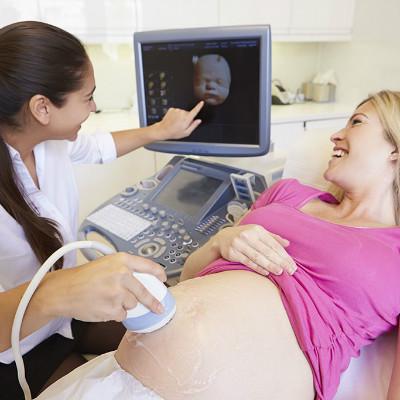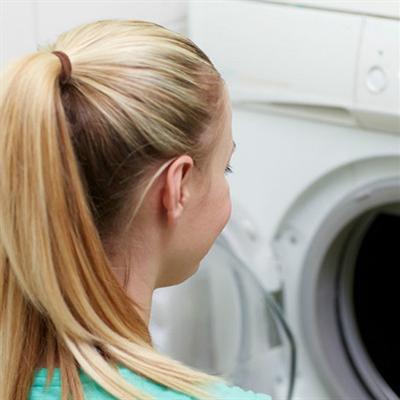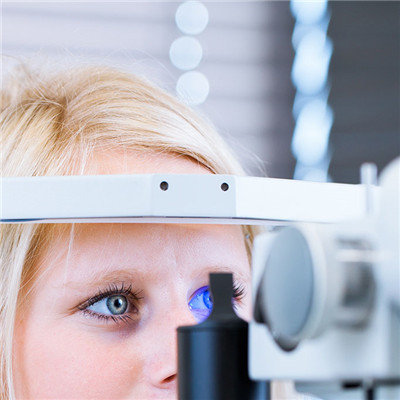What disease is upper cervical vertebra instability disease?
summary
The upper cervical spine includes the first and second cervical vertebrae, namely atlas and axis. Instability of upper cervical spine refers to the pathological changes of atlanto occipital joint or atlanto axial joint, resulting in joint dysfunction and (or) nerve compression due to trauma, inflammation, tumor and congenital malformation. What disease is upper cervical vertebra instability disease? Let's talk about it
What disease is upper cervical vertebra instability disease?
The symptoms were intermittent, repeated and aggravated. First symptom: weakness of limbs, unsteady gait, numbness of limbs. The second is headache and dizziness. A small number of patients with drinking water cough, dysphagia, hoarseness and so on.
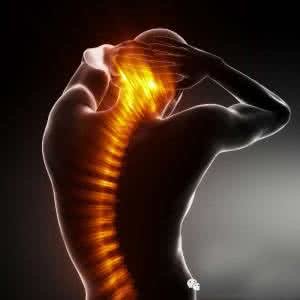
There is a clear history of trauma, but some trauma is not serious, easy to miss diagnosis. After injury, some patients can show atlantoaxial dislocation, and the other part gradually appears dislocation. Local symptoms and signs: neck muscle spasm and pain, neck movement is limited; The neck loses the feeling, often needs both hands to hold the mandible, the head dare not move; Head and neck deviation.
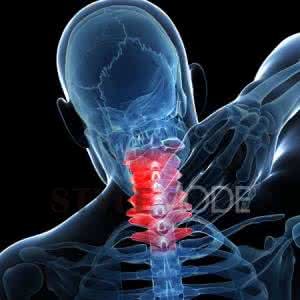
Most of them occur in children, and are secondary to throat or occipitocervical infection. They often show persistent neck pain and limited activity, and gradually aggravate. Rheumatoid atlantoaxial dislocation has a history and symptoms of rheumatoid arthritis
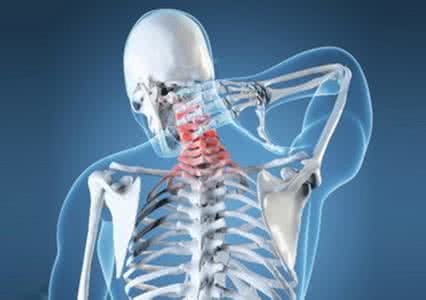
matters needing attention
Those who have been confirmed to have upper cervical spine instability should be given intensive care and absolute bed rest, especially those with spinal cord symptoms should not go down to the ground at will. For bedridden cases, the respiratory tract should be kept unobstructed, the ventilation and temperature in the ward should be paid attention to, and oxygen, emergency medicine and tracheotomy bag should be provided as appropriate. Attention should be paid to the changes of the condition at any time, and the operation should be performed as soon as possible. The patients with neurological diseases and intracranial lesions should keep in touch with neurologists and surgeons in time, and pay attention to prevent the occurrence of cerebral hernia.

